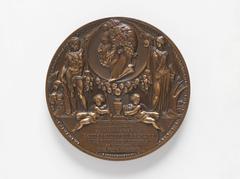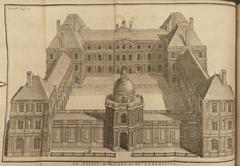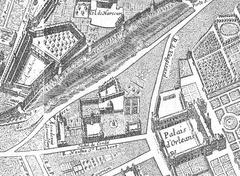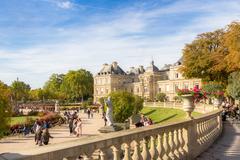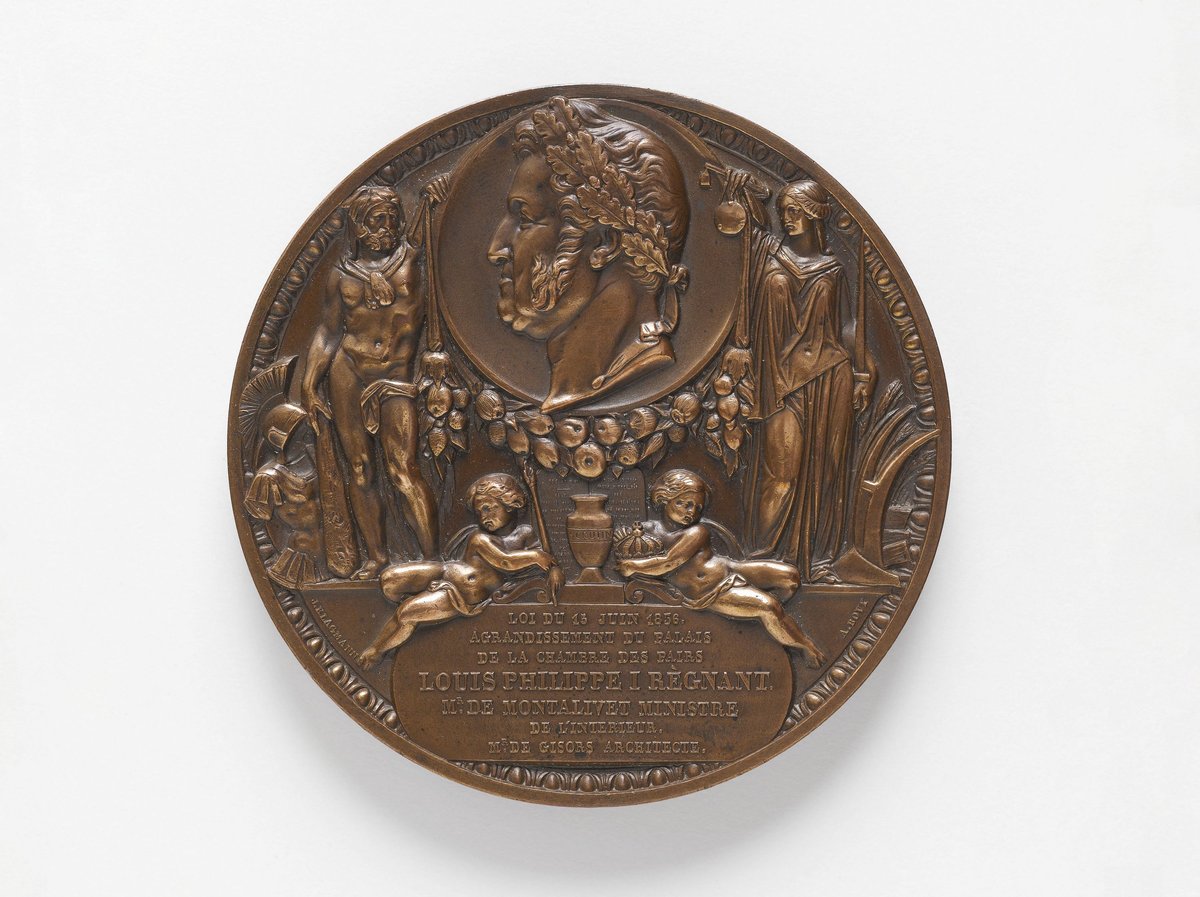
Luxembourg Palace Visiting Hours, Tickets, and Paris Historical Sites Guide
Date: 14/06/2025
Introduction: History and Cultural Significance
Situated in Paris’s 6th arrondissement, the Luxembourg Palace (Palais du Luxembourg) is a symbol of French heritage, reflecting a blend of Renaissance and Baroque architecture, political history, and cultural vibrancy. Commissioned by Marie de’ Medici in the early 17th century to mirror the grandeur of Florence’s Palazzo Pitti and Boboli Gardens, the palace embodies both Italian and French architectural styles (Senat.fr). Over the centuries, its roles have evolved—from a royal residence to the seat of the French Senate since 1958—making it a central figure in the nation’s transformation from monarchy to republic (French-American Cultural Foundation).
The palace is renowned for its symmetrical limestone façade, grand staircases, and Rubens’s famous artworks, while the adjacent 25-hectare Luxembourg Gardens provide a tranquil haven of French formal design, statues, and fountains such as the iconic Medici Fountain (This is Paris; Holidify). While the palace interiors are accessible only on special occasions, the gardens are open year-round, offering an immersive Parisian experience. This guide presents the Luxembourg Palace’s history, architectural highlights, visitor information, and travel tips—helping you plan an enriching visit (WorldAtlas; Secret Parisien).
Table of Contents
- Introduction
- Historical Overview
- Visiting Information
- Photographic Highlights
- FAQ
- Visual and Interactive Elements
- Conclusion & Call to Action
- References
Historical Overview
Origins and Early Construction
Marie de’ Medici, longing for a residence reminiscent of her Florentine heritage, acquired land on Rue de Vaugirard and initiated the palace’s construction in 1615. Architect Salomon de Brosse designed it to evoke Florence’s Palazzo Pitti while integrating French traditions (Senat.fr). The main structure was completed by 1631, with further development of the gardens extending to around 1645 (WorldAtlas).
Architectural Evolution
De Brosse’s design marked a shift in French architecture, featuring a U-shaped limestone façade, rusticated stonework, and grand interiors. The palace’s layout recalls fortress-like châteaux with Tuscan influences, while its interiors were adorned by artists like Rubens and Philippe de Champaigne (Senat.fr). The French formal gardens, designed with geometric parterres and fountains, became a model for future landscape architecture (Holidify).
Political Significance
The palace has played pivotal roles in French history, from the intrigue of the “Journée des Dupes” to serving as a prison during the Revolution, headquarters for Napoleon’s Senate, and the Luftwaffe during World War II (Senat.fr; SpottingHistory; WorldAtlas). Since 1958, it has housed the French Senate, underscoring its enduring political importance.
Visiting Information
Visiting Hours
- Luxembourg Palace: Open to the public only during special events (e.g., European Heritage Days in September) or by pre-arranged guided tours. Schedule and availability are subject to the Senate’s calendar (French Senate).
- Luxembourg Gardens: Open daily, year-round.
- April–September: 7:30 AM – 9:30 PM
- October–March: 8:00 AM – 5:30 PM
Tickets & Entry
- Gardens: Free entry.
- Palace: Advance booking required for guided tours, typically during special openings. Tickets are limited and must be secured via official channels or authorized tour operators.
Transportation
- Metro: Odéon (Lines 4, 10)
- RER: Luxembourg (RER B)
- Bus: Multiple lines serve the area.
Accessibility
- Gardens: Wheelchair and stroller accessible with flat, wide paths.
- Palace: Accessibility varies for interior tours; contact visitor services for details.
Tours & Special Events
- Guided Tours: Offered during European Heritage Days and select Saturdays; advance booking essential.
- Events: Seasonal exhibitions and concerts are held in the gardens (This is Paris).
Nearby Attractions
- Panthéon
- Saint-Sulpice Church
- Latin Quarter
- Jardin du Luxembourg Medici Fountain
Activities and Highlights in the Gardens
- Relax in Green Chairs: Moveable seating lets you choose your perfect spot (This is Paris).
- Grand Bassin: Rent and sail model boats, a classic Parisian pastime.
- Medici Fountain: A serene, historic spot for quiet reflection.
- Playgrounds and Family Activities: Includes a playground (small fee), carousel, puppet theater, and sports courts.
- Art and Monuments: Over 100 statues, including French queens and writers, plus a Statue of Liberty replica.
- Cafés and Picnicking: Multiple kiosks and cafés; picnicking in designated areas.
Photographic Highlights
- Palace façade from the central basin
- Medici Fountain in soft morning or evening light
- Statues lining the promenades
- Seasonal floral displays and autumn foliage
Practical Visitor Tips
- Best Time to Visit: Spring and early autumn offer ideal weather and vibrant gardens.
- Avoiding Crowds: Early mornings and late afternoons on weekdays.
- Dress Comfortably: Bring layers; Parisian weather changes quickly.
- Safety: Be mindful of pickpockets in crowded areas (The Talking Suitcase).
- Accessibility: Most of the gardens are accessible; some gravel areas may be less so.
FAQ: Luxembourg Palace and Gardens
Q: Can I visit the palace interior at any time?
A: No; access is limited to special events or guided tours requiring advance booking.
Q: Are the gardens free to enter?
A: Yes, open daily and free of charge.
Q: How do I book a palace tour?
A: Reserve in advance via the French Senate’s official website or authorized providers.
Q: Is the site accessible to those with disabilities?
A: The gardens are accessible, but palace interiors may require prior arrangements.
Q: Are pets allowed?
A: Dogs are permitted only in designated areas.
Visuals and Interactive Elements
- Photography: Include images of the palace façade, gardens, Medici Fountain, and seasonal highlights.
- Virtual Tour: Explore the palace online via the French Senate’s website.
- Audiala App: Download for audio-guided tours and event updates.
Booking, Amenities, and Accommodation
- Dining: Numerous cafés, brasseries, and bakeries on Rue de Vaugirard and Boulevard Saint-Michel.
- Accommodation: Wide selection of hotels and rentals in the 6th arrondissement; book early, especially in peak seasons.
Cultural Insights and Etiquette
- Local Customs: The gardens, affectionately known as “Luco,” are a hub for locals and students. Activities include chess, jogging, and tai chi (This is Paris).
- Garden Rules: Most lawns are off-limits except select areas; maintain quiet near the Medici Fountain; respect dog policies.
Conclusion and Call to Action
The Luxembourg Palace and Gardens offer a unique blend of royal history, political legacy, and Parisian leisure. Whether you’re exploring the gardens’ statues and fountains, attending a special palace tour, or simply relaxing with a book, this landmark delivers an authentic cultural experience. Enhance your visit with digital resources, plan ahead for tours, and explore nearby historical sites to make the most of your Parisian adventure.
Download the Audiala app for audio tours and updates, and stay connected via our social media for the latest tips and events.
